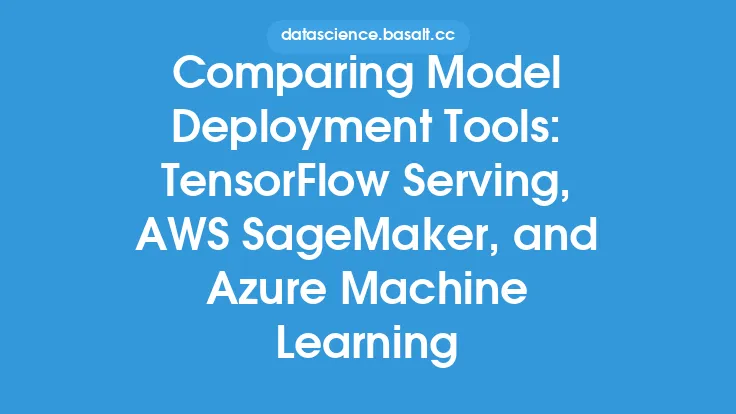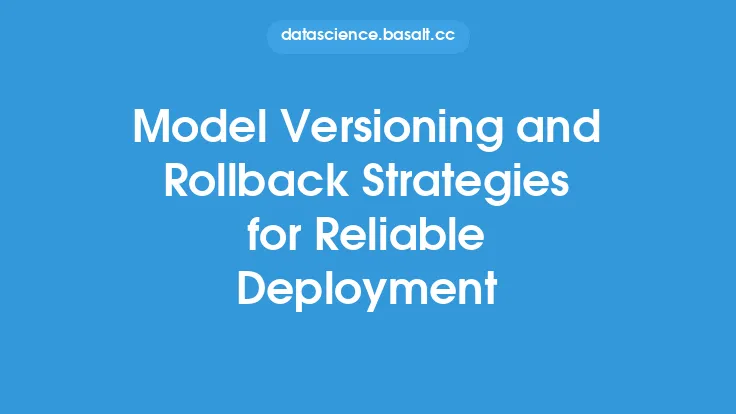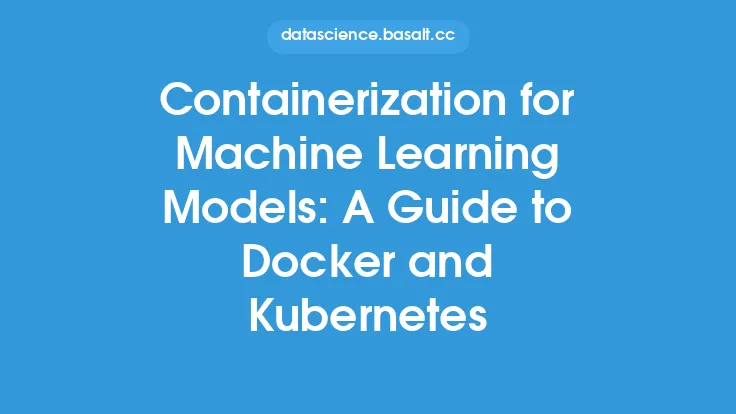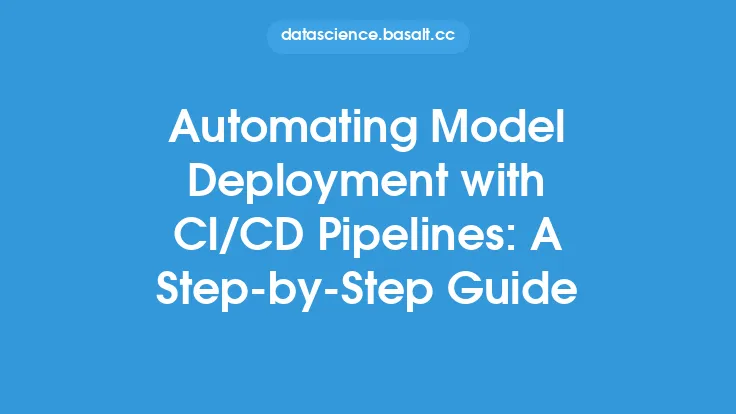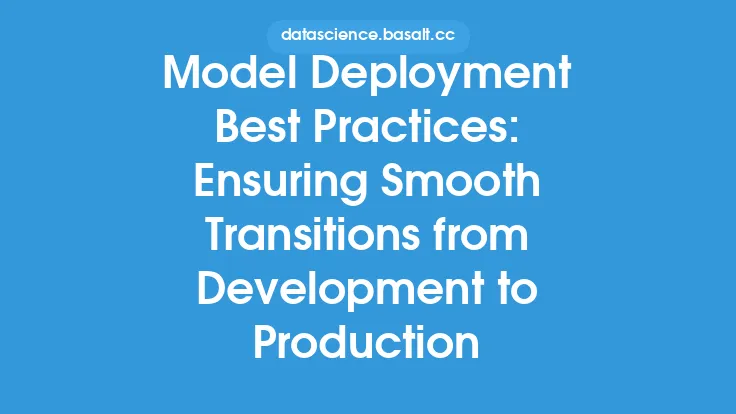Machine learning models are only as valuable as their ability to generate predictions and drive business decisions. However, the process of deploying these models into production environments can be complex and time-consuming. This is where model serving comes into play, acting as the bridge between model development and deployment. Model serving is the process of managing and deploying machine learning models in a way that allows them to receive input data, generate predictions, and return results to users. In this article, we will delve into the world of model serving, exploring its importance, key components, and best practices for streamlining deployment and management.
What is Model Serving?
Model serving is a critical component of the machine learning lifecycle, enabling models to be deployed and managed in a scalable and reliable manner. It involves a range of activities, including model deployment, monitoring, and maintenance. The primary goal of model serving is to provide a seamless and efficient way to integrate machine learning models into larger applications and systems, allowing them to generate predictions and drive business decisions. Model serving platforms and tools provide a layer of abstraction between the model and the application, making it easier to manage and deploy models without requiring significant modifications to the underlying infrastructure.
Key Components of Model Serving
A model serving system typically consists of several key components, including:
- Model Repository: A centralized repository that stores and manages machine learning models, including their metadata and version history.
- Model Server: A server that hosts and manages the deployment of machine learning models, providing a RESTful API or other interface for interacting with the models.
- Model Loader: A component that loads machine learning models into memory, making them available for inference and prediction.
- Inference Engine: A component that generates predictions using the loaded models, handling tasks such as data preprocessing, feature engineering, and post-processing.
- Monitoring and Logging: Components that track the performance and behavior of the model serving system, providing insights into model accuracy, latency, and other key metrics.
Benefits of Model Serving
Model serving offers a range of benefits, including:
- Scalability: Model serving platforms and tools provide a scalable way to deploy and manage machine learning models, allowing them to handle large volumes of traffic and data.
- Reliability: Model serving systems provide a reliable way to deploy and manage machine learning models, ensuring that they are always available and generating accurate predictions.
- Flexibility: Model serving platforms and tools provide a flexible way to deploy and manage machine learning models, allowing them to be easily integrated into larger applications and systems.
- Security: Model serving systems provide a secure way to deploy and manage machine learning models, protecting them from unauthorized access and ensuring the integrity of the data and predictions.
Model Serving Architectures
There are several model serving architectures, including:
- Batch Scoring: A architecture that involves scoring data in batches, using a machine learning model to generate predictions for a large dataset.
- Real-time Scoring: A architecture that involves scoring data in real-time, using a machine learning model to generate predictions for individual data points.
- Edge Deployment: A architecture that involves deploying machine learning models at the edge, closer to the data source, to reduce latency and improve performance.
- Cloud Deployment: A architecture that involves deploying machine learning models in the cloud, providing a scalable and flexible way to manage and deploy models.
Best Practices for Model Serving
To get the most out of model serving, it's essential to follow best practices, including:
- Use a Model Serving Platform: Use a model serving platform or tool to simplify the process of deploying and managing machine learning models.
- Monitor and Log Performance: Monitor and log the performance of the model serving system, providing insights into model accuracy, latency, and other key metrics.
- Use Version Control: Use version control to manage different versions of machine learning models, ensuring that changes are tracked and reversible.
- Test and Validate: Test and validate machine learning models before deploying them to production, ensuring that they are accurate and reliable.
Conclusion
Model serving is a critical component of the machine learning lifecycle, enabling models to be deployed and managed in a scalable and reliable manner. By understanding the key components, benefits, and architectures of model serving, organizations can streamline the deployment and management of machine learning models, driving business decisions and generating revenue. Whether you're a data scientist, engineer, or business leader, model serving is an essential concept to understand, providing a foundation for building and deploying machine learning models that drive real-world impact.
